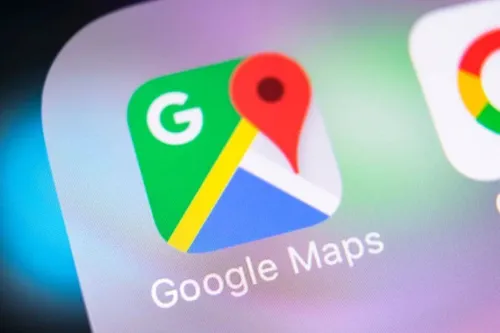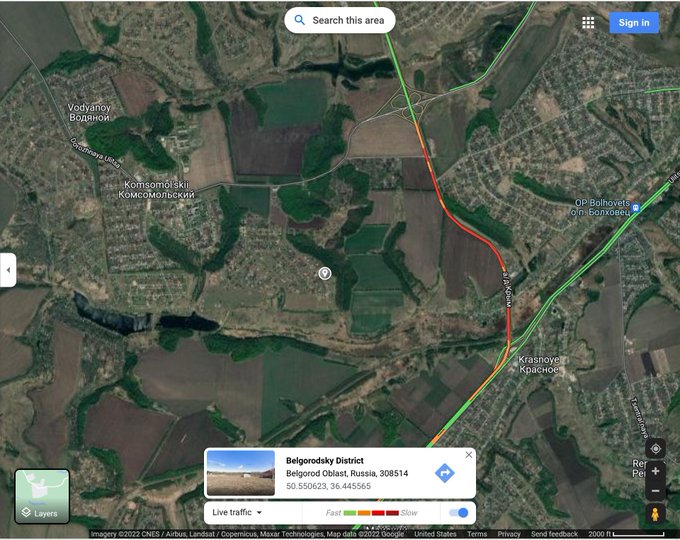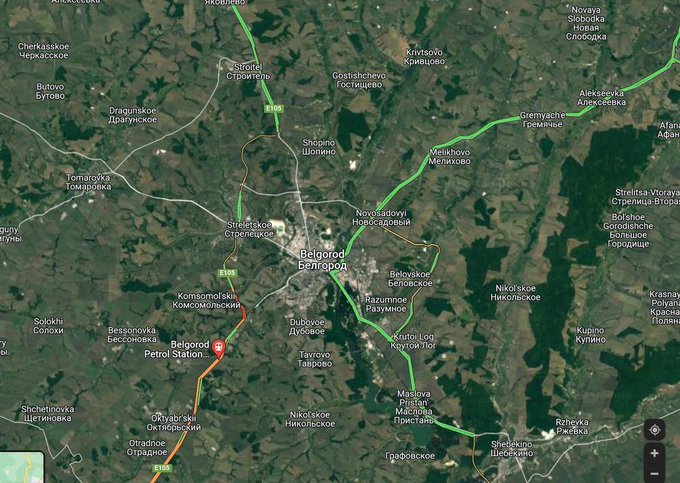Google Maps Disables Some Features In Ukraine Not To Reveal Military Secrets
GoogleMonday, 28 February 2022 at 08:32

This morning, we learned that Google had temporarily disabled the live traffic features of Google Maps in Ukraine. This movement has a goal to protect users’ safety. As you know, their neighbor Russia has been attacking the country for a few days.
?
Before the war in Ukraine, these features have been collecting data from Android smartphones anonymously to display where are traffic jams on roads or which stores are overcrowded. But these features might also be used to offer insight into the progress of the invasion. For instance, an open-source intelligence (OSINT) expert said that he could easily see signs of the Russian invasion early last Thursday after spotting unusual “traffic jams” at the Ukrainian border on Google Maps.
“I think we were the first people to see the invasion,” OSINT expert, Professor Jerry Lewis of the Middlebury Institute, told Motherboard last week. “And we saw it in a traffic app.”
So Google started a series of consultations with Ukrainian authorities and made a decision to disable those features. Though Google disables these features from global access, it said live traffic information will still be available to drivers. But we wonder whether Google has acted in the same way during previous conflicts or wars.
Not Only Google Maps
However, Google Maps is not the first app that reveals military data. In 2017, a fitness tracking app Strava that was aiming at providing data for users’ activity, accidentally revealed the location of several US military bases. Moreover, the app displayed how the soldiers were running laps around airfields. In another case, Snapchat has its own geolocation features. The latter has been used to collect images and videos from the frontline in the Iraq War. So many journalists and people interested in similar data used this tool to disclose various military secrets.

Frequently, this data solely doesn’t have sense. But when combined with information from other sources they could become quite dangerous (or useful) for the conflict parties. The case we talked about above is the best proof of this. Last Thursday, Russia was already attacking Ukraine. And there couldn’t be traffic delays in those areas as people were moving to the border with Poland.
“I think big data companies often don’t want to face squarely how useful their data can be,” OSINT investigator Lewis told Motherboard last week. “I mean, it’s cool when we do it, right? It’s maybe less cool if the Russians were able to do something similar to, you know, spotting an offensive from Ukrainians.”
Loading






